On September 29, 2019, the CSC organized a demo at Whites Camera of the new Tribe7 Blackwing lenses. Photos by Gregory Bennett, Associate Member. Article by Ian Harvey for Canadian Cinematographer Magazine (March 2020 issue)
See more here at the Tribe7 website: https://7isatribe.com/
When William F. White hosted a demonstration of a new “tune- able” lens concept last Septem- ber in Toronto, cinematographers started buzzing. This new technology seems to have it all going for it: a customizable lens at an accessible price and backed by one of the brightest stars in the cinematography universe. If Academy Award nominee Bradford Young ASC (Selma, When They See Us, A Most Violent Year, Arrival and Solo: A Star Wars Story) lent his name and was part of this new technology, it was worthy of not just a look, but in some cases, signing up to buy when they became available.
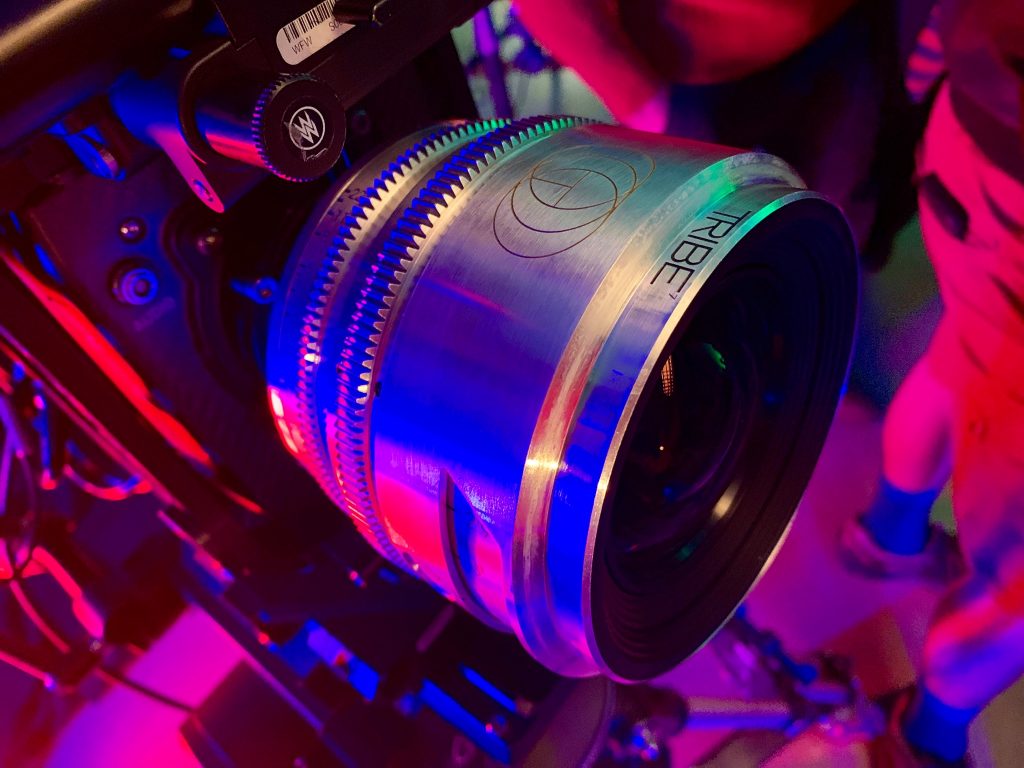
Young partnered with technologist Neil Fanthom to create TRIBE7, which in turn has designed tuneable lenses, hand-assembled in Germany to render a specific custom look according to the buyer’s desire. They are offering three styles – S, T or X – in focal lengths of 27, 37, 47, 57, 77, 107 and 137 mm covering full-frame sensors.
Standard (S) lenses are based on a vintage look and draw from the classics like the 1936 Ektar 45 mm F2 with a medium focus roll-off and medium flare, while the Transient (T) configuration is softer with a heavy roll-off and medium flare. The Expressive (X) are described as a softer and more ethereal with edge distortion and spherical aberration to give the effect of enhanced depth of field with the heaviest focus roll-off and high flare. Prices range from US$10,000 each to US$12,700 each.
So far, most orders are specifying the T tuned lens and that’s not a surprise. “I think cinematographers are risk averse and fairly conserv- ative with investments,” Fanthom says, noting there’s a strong creative reason for going back to the future for the designs. “After the [Second World] War, all these scientists switched from lenses to spot a fly at 10,000 meters to something else, and, being perfectionists, they kept improving and taking out the flaws. But those flaws are what gives the lens its character.”
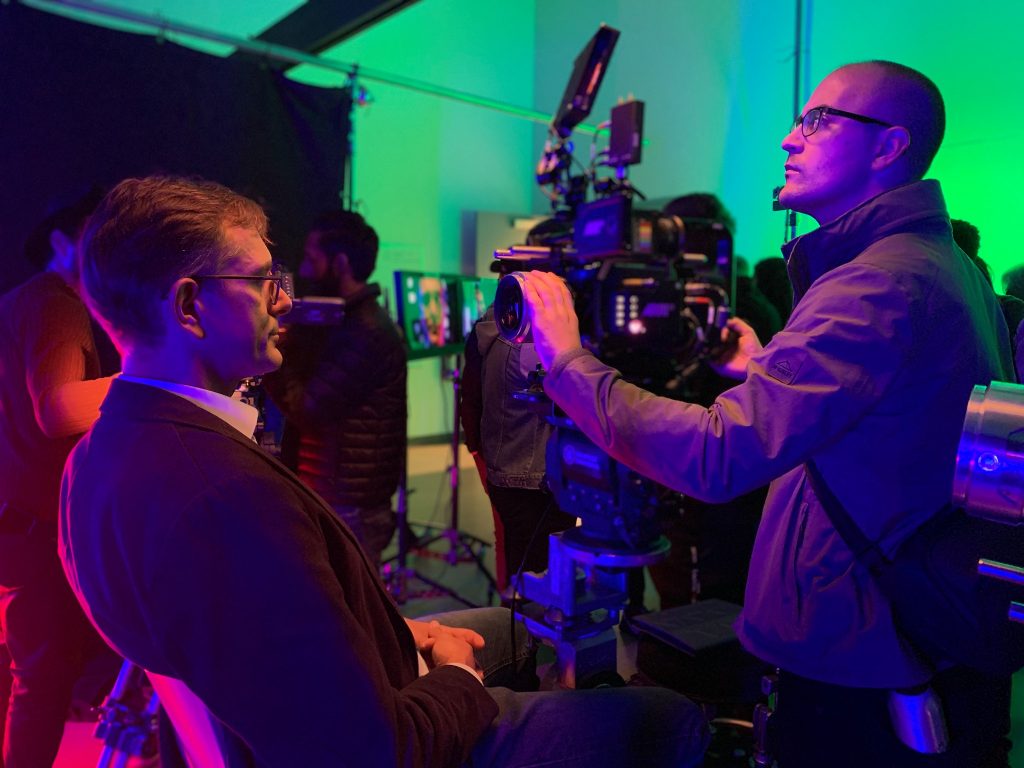
TRIBE7’s self-described mission is to look at image capture, colour, light and optics and how they can be re-imagined to better meet filmmakers’ needs. “The com- pany’s approach…is both cerebral and sci- entific,” it states in its media release. “There are facets of audio science – frequency, dis- tortion, intensity, harmonics – which also exist in the science of film making, and as such, a strong technical and emotion- al resonance between audio and imagery exists but has rarely been explored from a creative and commercial perspective. TRIBE7 aims to provide artists the ability to tune (enhance) and de-tune (distort) elements of colour and light to bring a greater intentionality and visual authoriz- ation to their story.”
But there have been some hiccups. Things have been a bit overwhelming, Fanthom admits, but that is part of being a small company. “We haven’t spent a penny on marketing – except for the website – and we’ve put everything into R&D,” he said in a telephone interview from London, Eng- land. TRIBE7 is a company for creatives by creatives, he says. “We’re not out to there to compete with big lens makers or rental companies.”
In January 2019 they rolled out the last two focal lengths (27 and 137 mm) of their seven lenses and, armed with the feedback from the 10 sets of prototypes circulating, they’ve made more tweaks and are ready to roll.
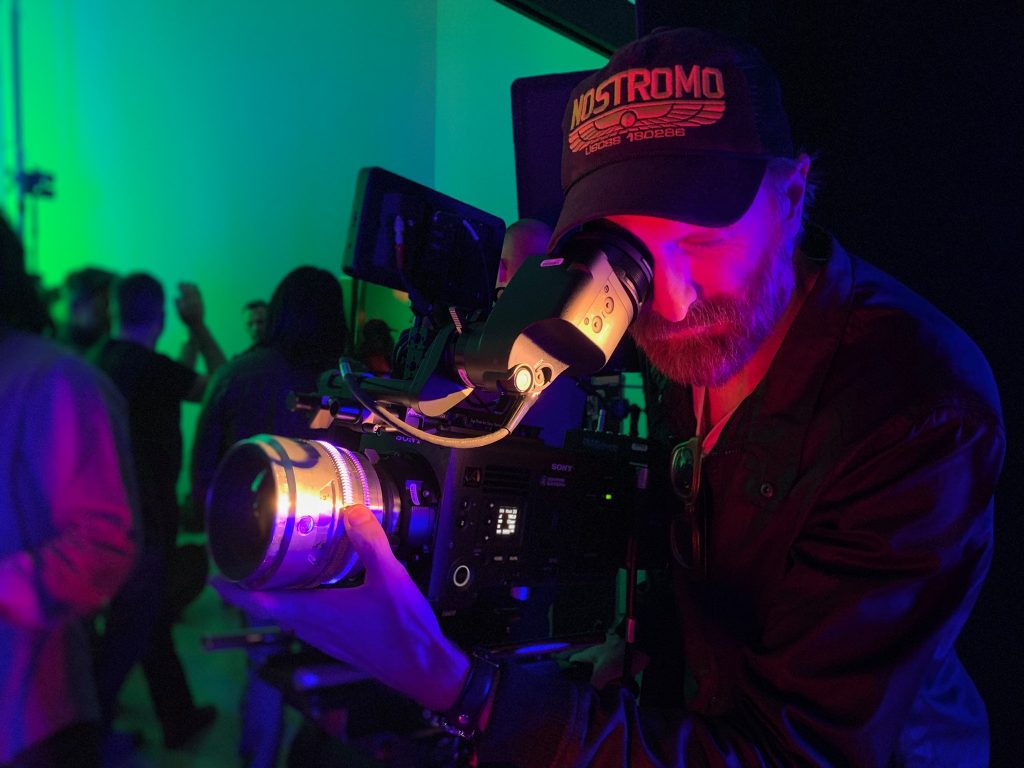
As Jeremy Benning csc notes, each lens (and camera and configuration) delivers a look that might be right for an entire movie, a segment of that movie, a short feature or for a special shot within a project, and the latter is what drove him to sign up for delivery. “I don’t think they would be for shooting an entire show, but either for a commercial or for a special look in a long-format during a flashback sequence,” he says. What he likes so far on first look are the features, such as the 14-blade iris, which creates a perfectly circular bokeh. “They had an uncoated iris option which was very interesting seeing the iris’ pattern reflected within flairs. The lenses are polished with no swirls which makes the bokeh super clean,” he says.
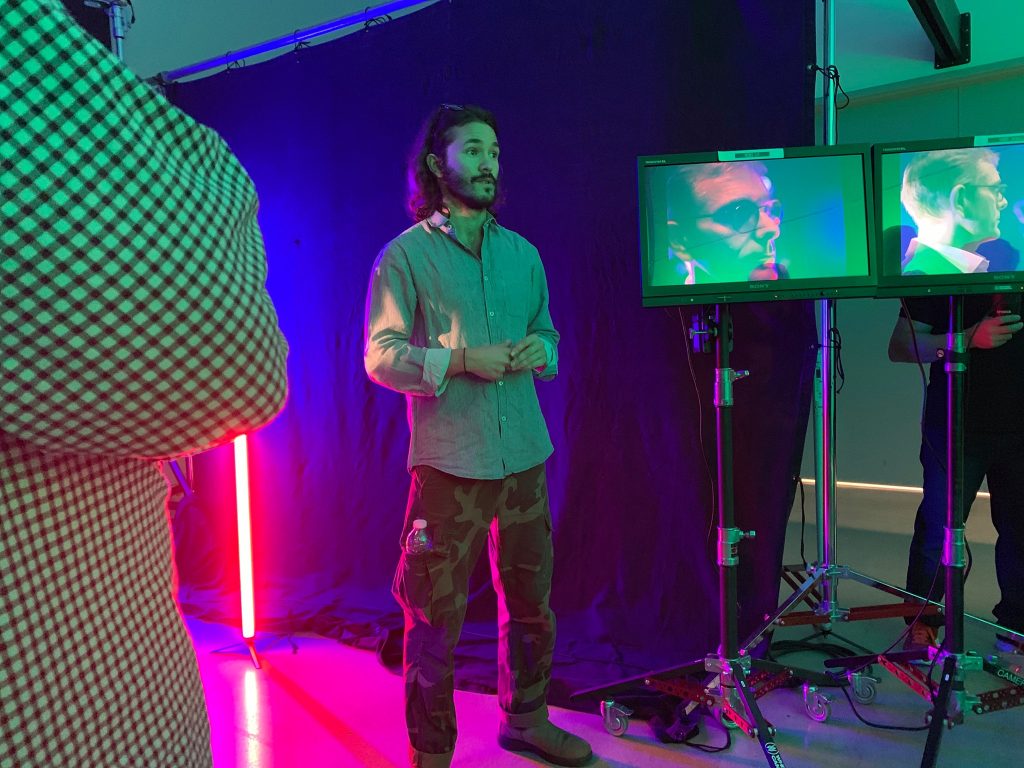
With the Blackwing7 series entering the market, Fanthom and Young are mulling their next move. “It probably won’t be an anamorphic, though people have asked,” Fanthom says, adding they see no reason to reinvent the wheel and are reluctant to venture into anything where they can’t stay true to their emerging brand. “We want to be democratic, to create technology so young creatives can access it affordably. There are a lot of anamorphic lenses and they’ve done a good job. We don’t want just another chicken to chase. It’s about large format capture.”
And that’s where it gets intriguing. What they’re thinking is another back-to-the-fu- ture scenario and VistaVision, Paramount’s answer to the anamorphic vision of Cin- emaScope in 1954, which faded from view by the mid-1960s. The transport has the 8-perf, 35 mm film stock lie down horizon- tally, a design that later evolved into the 70 mm IMAX and OMNIMAX systems.
What would be the result, he muses, if the analogue mechanism of a 35 mm film camera were designed in digital Computer Assisted Design? Would that change the outcome? Would it create something more accessible?
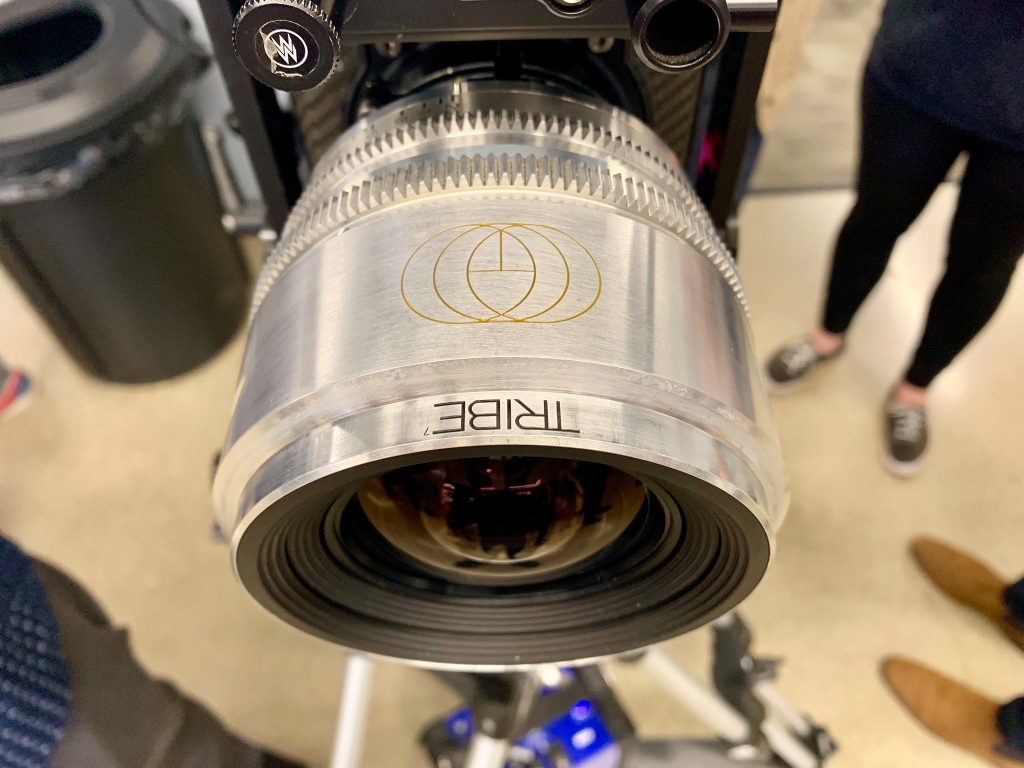
See more here at the Tribe7 website: https://7isatribe.com/
